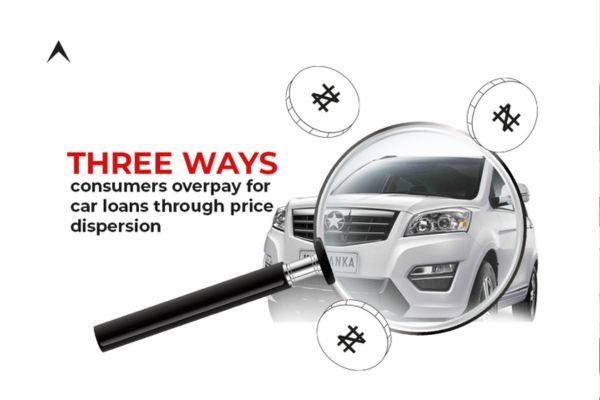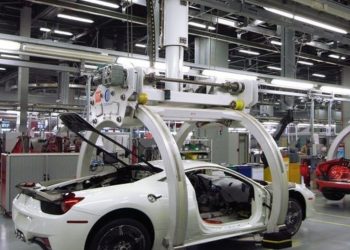In the past few years, rising commodity prices have forced automakers all over the world to raise prices. Prices have also gone up because of growing demand from developing countries, higher taxes, and stricter rules.
Price dispersion is the notion that different people pay different prices for the same item. A study done in 2017 looked at 2.4 million car loans from 326 banks in 50 states. It found that 54% of people who got a car loan did not get the lowest interest rate.
The research looked at borrowers with the same loan terms, car values, debt-to-income ratios, commuting zones, and origination zones. The results showed that on average, borrowers paid 1.3 percentage points more in interest than the best rate. Because of this, most borrowers end up paying more than they need to because they don’t know that better deals are available.
People overpay for car loans for a number of reasons.
First, the high costs of searching make it more likely that people who don’t have many options, like those who live in rural areas with few banks and lenders, will take a high-interest car loan. According to the aforementioned study, borrowers in areas with high search costs usually buy a car that is three months older and worth $700 less. Also, the auto financing market is inefficient, and approvals can take a long time due to too much paperwork and worries about how credit checks affect credit scores.
Second, the markups that dealerships add can be too high. Buyers care more about the price of the car than the cost of financing. A 2019 study showed that consumers are willing to pay $1 more in finance charges for every $0.86 decrease in the price of the car. Dealerships are aware of this, and they use financing as an advantage. For example, a dealership may lower the price of a car for a buyer who finances it through them, since the markup on financing makes up for the difference. The study mentioned above showed that if dealers weren’t able to change loan prices, car prices would drop by an average of $350.25.
Lastly, many buyers don’t try to negotiate the interest rate on their auto loan. While 76% of buyers negotiate the price of the car with the seller, only 31.6% negotiate the interest rate on the loan. Also, even when borrowers think about financing costs, they often focus on the wrong metrics. The Federal Reserve survey found that 27% of buyers thought the monthly payment cost was the most important factor, while only 6.1% thought the interest rate was the most important factor.
In conclusion, it’s clear that rising commodity prices, more demand from developing countries, high government taxes, and strict rules have all contributed to the rise in car prices. Also, prices vary a lot, and many borrowers don’t know they can get a better deal, so they end up overpaying for their car loans. High search costs, high markups by dealerships, and a lack of negotiation skills have all contributed to this trend.
Taking care of these issues could help consumers make better financial decisions and save them a lot of dollars in the long run.



















